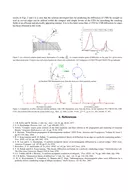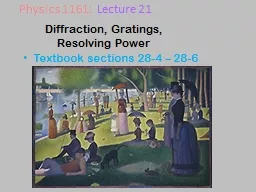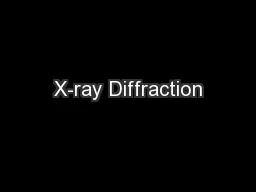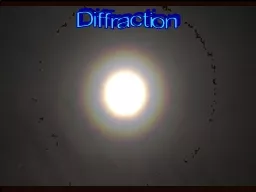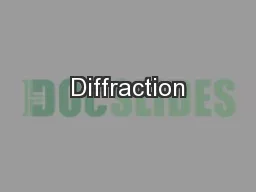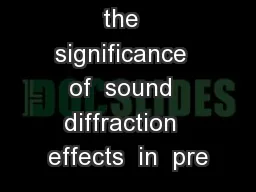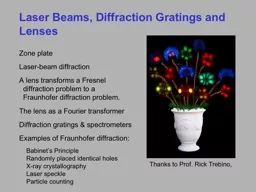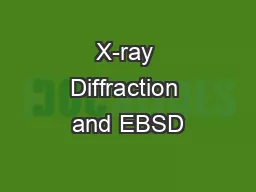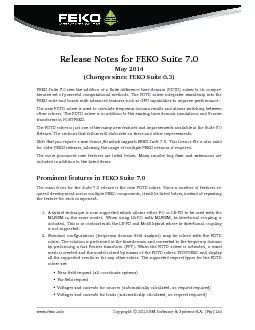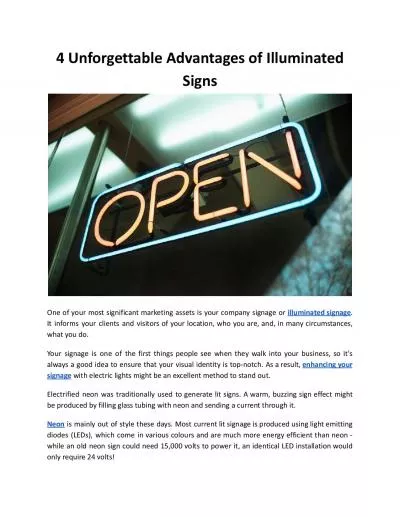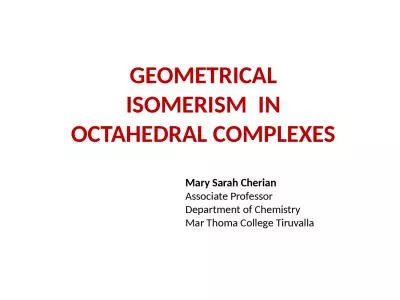PDF-A Uniform Geometrical Theory of Diffraction UTD for Curved Edges Illuminated by Electromagnetic
Author : test | Published Date : 2014-12-16
Pathak and Youngchel Kim 2 Email pathak2 osuedu The Ohio State Univ ElectroScience Lab 1320 Kinnear Road Columbus Ohio 43212 USA Email kimyssdloral com Space Systems
Presentation Embed Code
Download Presentation
Download Presentation The PPT/PDF document "A Uniform Geometrical Theory of Diffract..." is the property of its rightful owner. Permission is granted to download and print the materials on this website for personal, non-commercial use only, and to display it on your personal computer provided you do not modify the materials and that you retain all copyright notices contained in the materials. By downloading content from our website, you accept the terms of this agreement.
A Uniform Geometrical Theory of Diffraction UTD for Curved Edges Illuminated by Electromagnetic: Transcript
Download Rules Of Document
"A Uniform Geometrical Theory of Diffraction UTD for Curved Edges Illuminated by Electromagnetic"The content belongs to its owner. You may download and print it for personal use, without modification, and keep all copyright notices. By downloading, you agree to these terms.
Related Documents

